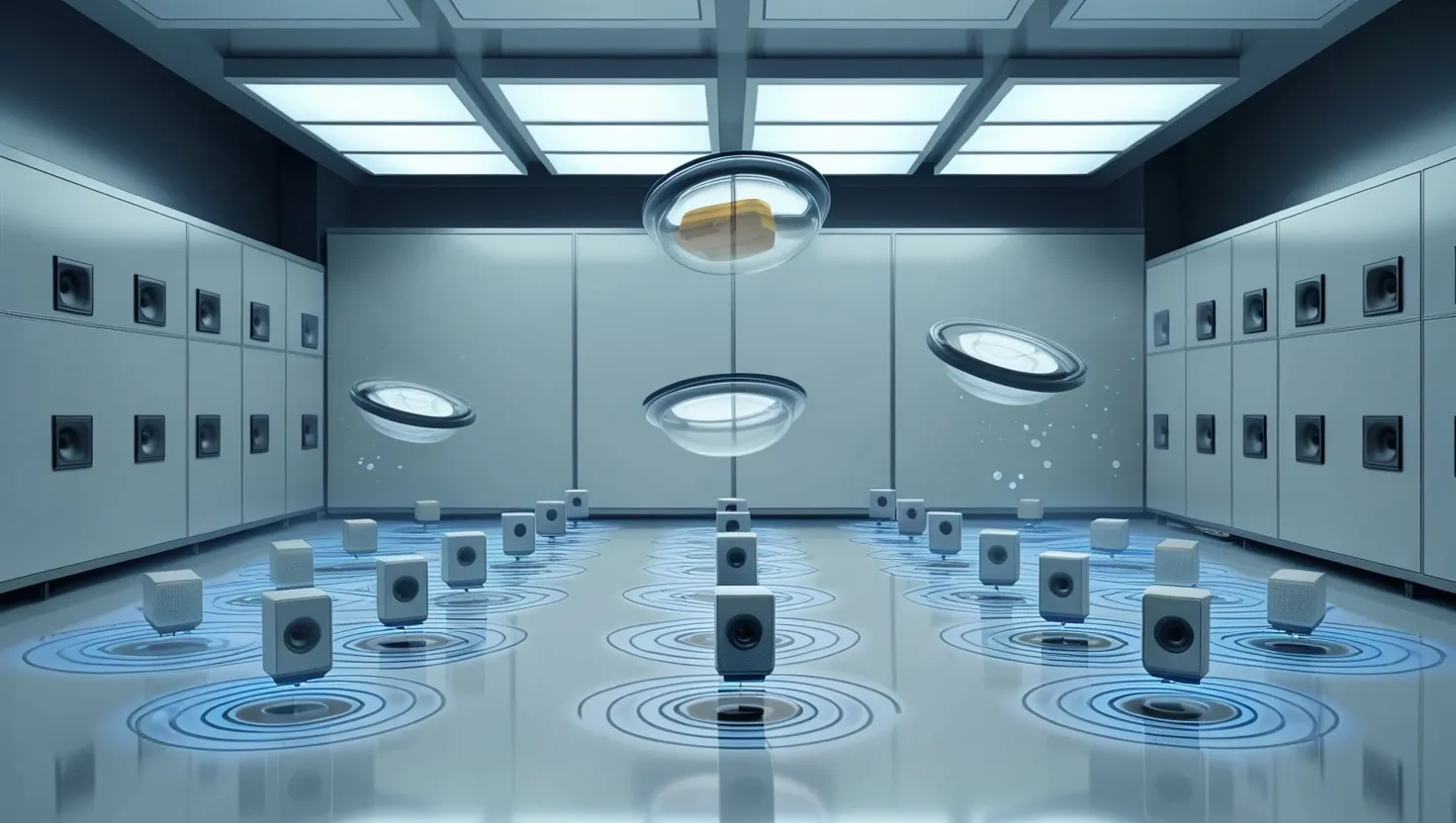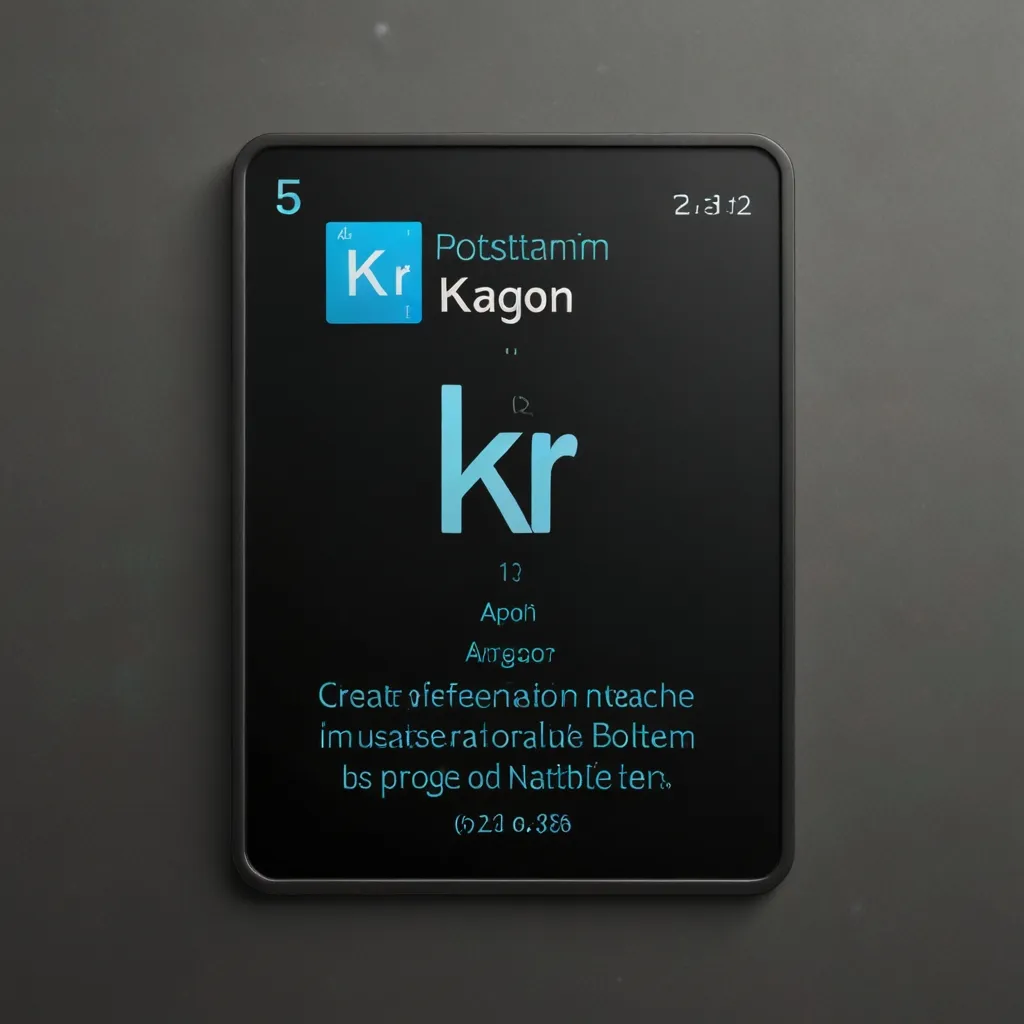Imagine a world where objects can float in mid-air, defying the fundamental force of gravity, all thanks to the power of sound waves. This fascinating phenomenon, known as acoustic levitation, is not just a trick from a magician’s hat but a cutting-edge technology that is revolutionizing various fields.
To understand how acoustic levitation works, let’s dive into the physics behind it. Essentially, it involves using sound waves to create a pressure field that counteracts the force of gravity. Here’s how it happens: sound waves are generated by a transducer, which is a vibrating surface, and these waves are then reflected back by a reflector. When these waves meet at the right distance, they form a standing wave.
A standing wave is a wave that oscillates in a fixed position, creating nodes and antinodes. Nodes are points where the pressure is minimal, while antinodes are points of maximum pressure. By carefully positioning an object within this standing wave, it can be suspended in the air. For instance, if you place a small object just below a node, the upward pressure from the sound wave can balance the downward pull of gravity, making the object levitate.
One of the key components of acoustic levitation is the use of ultrasound, which is sound with a frequency too high for humans to hear. This is crucial because it allows for the creation of intense sound fields without the noise being audible or harmful to humans. However, animals like cats and dogs can still hear these high-frequency sounds. The loudspeakers used in these systems are often repurposed from other applications, such as parking sensors for cars, and are designed to emit these high-frequency sounds.
The process of setting up an acoustic levitation system is quite intricate. It involves arranging multiple loudspeakers in a specific pattern to create the necessary sound field. These loudspeakers must be carefully timed to ensure that the sound waves combine correctly, forming the quiet and loud regions needed for levitation. Imagine a series of loudspeakers arranged in two focusing bowls facing each other; when they emit sound, they create a repeating pattern of quiet and loud sound, which is essential for levitating objects.
Acoustic levitation has a wide range of applications, particularly in fields where delicate or sensitive materials need to be handled without physical contact. In manufacturing, this technology can be used to manipulate small components or materials that are too fragile for traditional handling methods. For example, in the pharmaceutical industry, acoustic levitation can be used to handle tiny particles or cells without contaminating them, which is crucial for developing new medicines.
In space exploration, acoustic levitation takes on a whole new dimension. Since there is no gravity in space, objects do not need to be levitated against gravity but rather kept from drifting away. Acoustic levitation can be used to stabilize objects in space, ensuring they remain in place for experiments or other purposes. This is particularly useful in microgravity environments where traditional methods of containment might not work.
The potential of acoustic levitation extends to 3D printing as well. In zero-gravity environments, traditional 3D printing methods face significant challenges because the materials do not behave as they would on Earth. Acoustic levitation can help in manipulating and positioning materials precisely, even in the absence of gravity, allowing for the creation of complex structures that would be impossible to produce otherwise.
In addition to these industrial and scientific applications, acoustic levitation also has the potential to revolutionize everyday life. For instance, it could be used in cooking to mix ingredients without physical contact, ensuring that delicate foods are not damaged. It could also be applied in cleaning technologies, where small particles or dust could be levitated and removed without touching the surface.
Despite its promising applications, setting up an acoustic levitation system is not without its challenges. One of the main issues is achieving the right distance between the transducer and the reflector to form the standing wave. This distance must be precisely calibrated to ensure that the sound waves reflect back correctly and create the necessary pressure field. Moreover, the material of the object being levitated must be carefully chosen; it needs to be light enough for the sound pressure to overcome gravity but also have a large enough surface area to maximize the effect of the sound waves.
Researchers have also been experimenting with different shapes and materials for the reflector and transducer to optimize the levitation process. For example, using a circular plate that vibrates in its flexural vibration mode can generate a sound beam that is more focused and effective. The curvature of the reflector plate can also be adjusted to better focus the sound and increase the levitation force.
The future of acoustic levitation is exciting and full of possibilities. As technology advances, we can expect to see more powerful and efficient systems that can levitate larger and heavier objects. While we are still far from levitating humans, the idea is not entirely impossible. In theory, if we could generate sound waves powerful enough, we could potentially levitate much larger objects, opening up new avenues in transportation, construction, and even entertainment.
In conclusion, acoustic levitation is a remarkable technology that harnesses the power of sound waves to defy gravity. From its intricate setup and precise calibration to its wide-ranging applications in science, industry, and everyday life, this phenomenon is a testament to human ingenuity and the boundless potential of scientific innovation. As we continue to explore and refine this technology, we may uncover even more extraordinary ways to use sound to shape our world.






